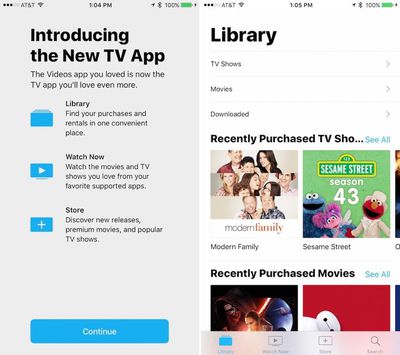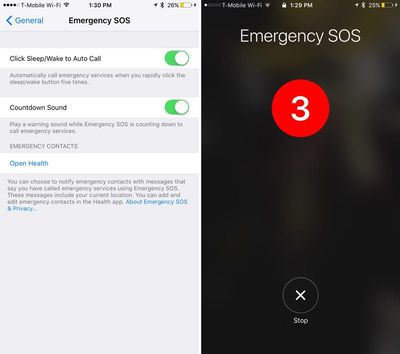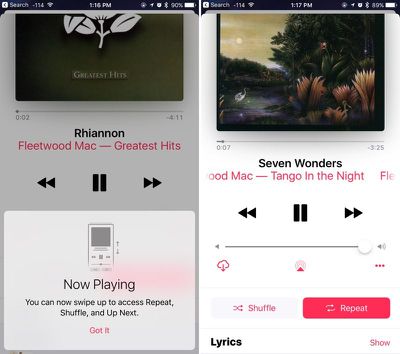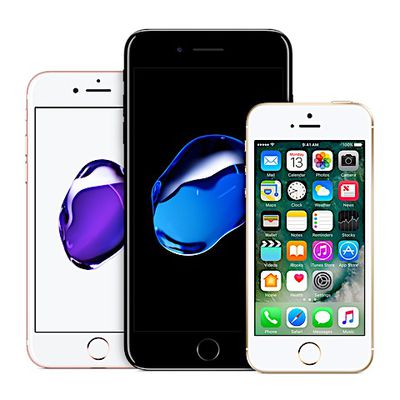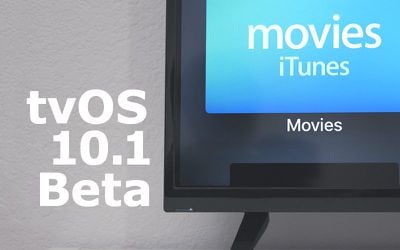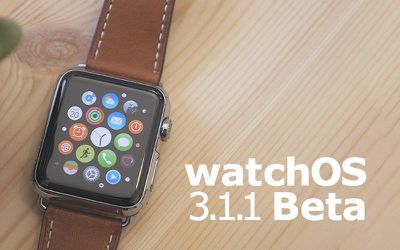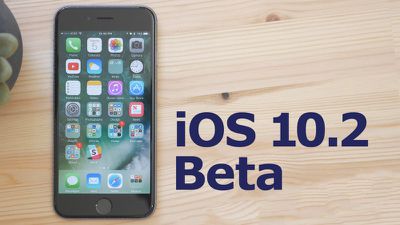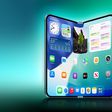Following the launch of Apple Pay on the web on iOS 10 and macOS Sierra, Apple is now offering a selection of exclusive holiday discounts and benefits in order to entice customers to use the mobile payments service online.

Some of the offers, for example, include 50% off a one-year subscription to The New York Times, a free $50 iTunes gift card with the purchase of a Casper mattress, and a free $25 gift card if you spend over $150 at athletic apparel retailer Lululemon.
Free shipping, discounts, and other offers are currently available from Adidas, Casper, Grubhub, Instacart, JackThreads, Jet, Lululemon, The New York Times, 1-800-Flowers, Overstock, Seamless, Shopify, Spring, and Vacatia.
• Adidas — Enjoy one- or two-day free shipping.
• Casper — Buy a mattress and receive a $50 iTunes gift card.
• Grubhub — Win a $50 gift card for you and a friend! New diners will also receive $10 off their next order.
• Instacart — First-time customers get one month of free Instacart delivery.
• JackThreads — Get 20% off great holiday looks.
• Jet — Get 10% off your first three orders and $5 JetCash to use on future purchases.
• Lululemon — Get a $25 gift card if you spend over $150.
• The New York Times — Get 50% off a one-year subscription.
• 1-800-FLOWERS — Enjoy free shipping.
• Overstock — Enjoy a free year of Club O Rewards Membership, a $19.99 value.
• Seamless — Win a $50 gift card for you and a friend! New diners will also receive $10 off their next order.
• Shopify — Explore unique gifts and deals from Shopify stores.
• Spring — Get 20% off perfect looks for holiday.
• Vacatia — Get 7% off resort bookings and a chance to win a one-week stay in Hawaii.
Apple said more offers are coming soon from retailers such as Abercrombie & Fitch, Hollister, Bank of America, Caviar, Chase, Poshmark, Tumi, Under Armour, Warby Parker, and The Washington Post. The offers are valid in the U.S. only.


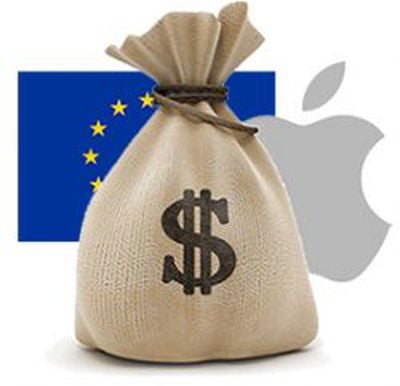 Ireland's government will this week
Ireland's government will this week 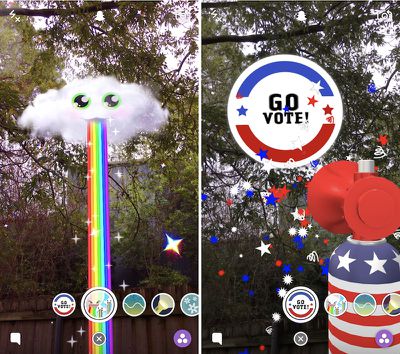
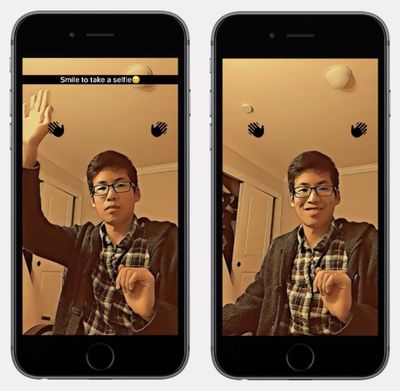

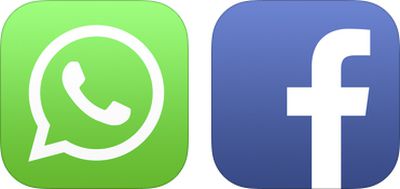
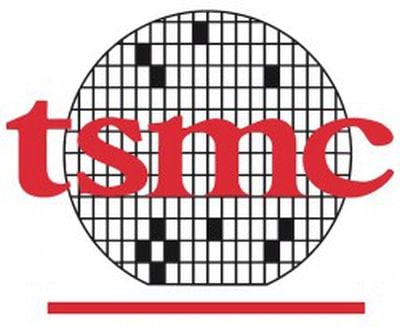 Shares in Taiwan Semiconductor Manufacturing Company (TSMC) have climbed to their highest level on record, bucking a global slowdown in the smartphone market.
Shares in Taiwan Semiconductor Manufacturing Company (TSMC) have climbed to their highest level on record, bucking a global slowdown in the smartphone market.
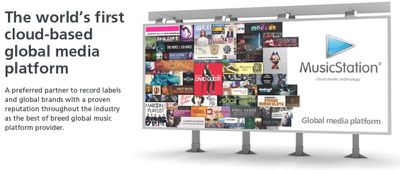
 Twitter last week
Twitter last week 